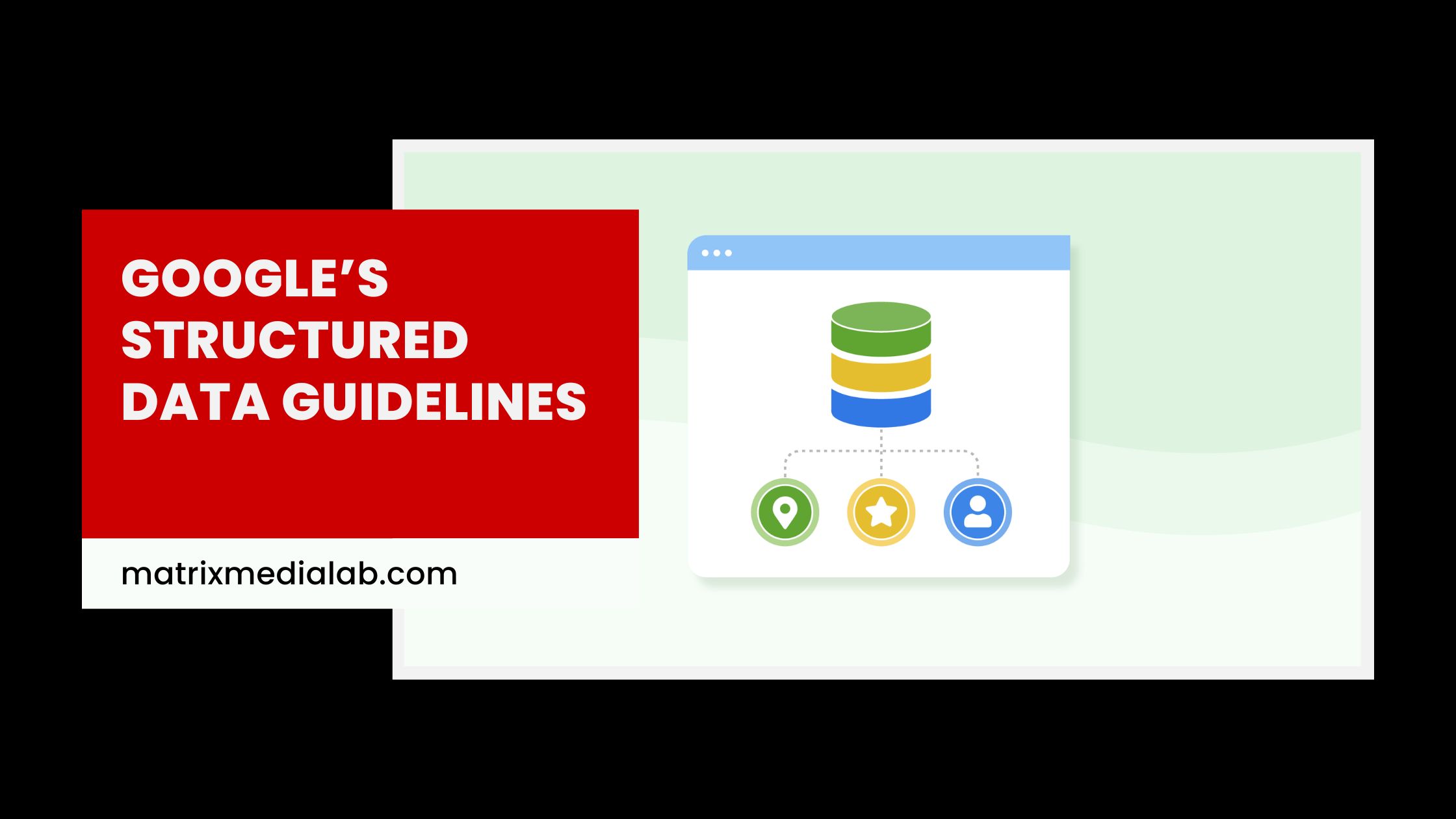Structured data markup helps search engines understand the context of a web page. It gives precise information about the type of content on the page, making it easier for search engines to display it with additional details in search results, such as rich snippets and knowledge panels.

What Is Structured Data Markup in SEO?
Structured data is a standardized code format that organizes website content in a way search engines can interpret accurately. It turns visible text into structured information that search engines can process for enhanced presentation in search results.
Without structured data, search engines make assumptions about your page content.
With structured data, the information is clear, reducing misinterpretation.
How Structured Data Works
Structured data uses formats such as JSON-LD, Microdata, and RDFa to label content.
Example using JSON-LD for a recipe:
{
"@context": "https://schema.org/",
"@type": "Recipe",
"name": "Chocolate Cake",
"cookTime": "PT45M",
"recipeIngredient": ["2 cups flour", "1 cup sugar", "½ cup cocoa powder"]
}This example makes it clear to search engines that the content is a recipe, along with its preparation time and ingredients.
Why Structured Data Matters for SEO
Structured data does not directly affect rankings but can influence how a page is displayed in search results.
- Improved Search Appearance
Allows results to include extra details like ratings, prices, or event dates. - Increased Click-Through Rates (CTR)
More informative search results can encourage more clicks. - Voice Search Compatibility
Helps search assistants provide accurate answers to spoken queries. - Competitive Visibility
Websites using structured data often stand out compared to those that don’t.
Types of Structured Data Markup
- Article / Blog Post Schema
- Product & Offer Schema
- FAQ & How-To Schema
- Local Business Schema
- Event Schema
- Review & Rating Schema
- Video Schema
How to Implement Structured Data
- Identify the most relevant schema type for your content.
- Use JSON-LD for implementation, as recommended by Google.
- Add the code to the page, either manually or using a CMS plugin.
- Validate it using Google’s Rich Results Test.
- Monitor performance in Google Search Console.
Common Issues to Avoid
- Incorrect schema type selection.
- Missing required fields.
- Marking up content not visible to users.
- Not updating the schema when the page content changes.
Best Practices
- Ensure markup matches visible page content.
- Use multiple schema types where relevant.
- Conduct regular audits of structured data.
- Follow Google’s Structured Data Guidelines.
Useful Tools
- Google Structured Data Markup Helper
- Google Rich Results Test
- Schema.org Documentation
- Rank Math, Yoast SEO, All in One SEO
Conclusion
Structured data markup clarifies the meaning of a page for search engines and supports enhanced search result formats. Implementing it consistently can improve how your content is presented, making it more accessible and relevant in search results.








